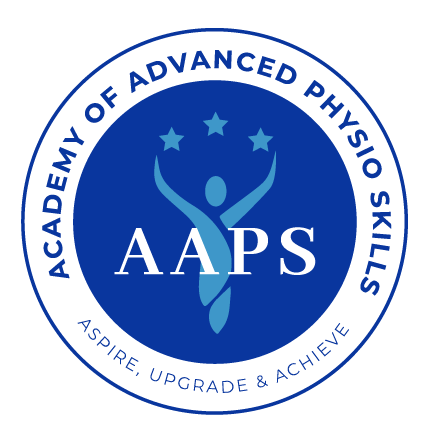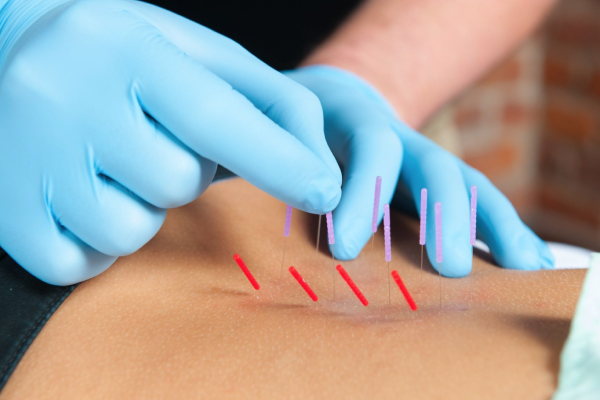Dry needling is a skilled intervention that uses a thin filiform needle to penetrate the skin and stimulate underlying myofascial trigger points, muscle and connective tissues for the management of neuromusculoskeletal pain and movement impairments. (APTA 2013).
Dry needling has been gaining fast popularity amongst physiotherapists and related professionals all around the world since the 2000s due to the relative ease of accessibility of the tool and the ease of getting trained by clinicians with a good knowledge of human anatomy and physiology.
Dry needling is an efficient tool in treating myofascial trigger points and myofascial pain and dysfuction. Myofascial trigger points are commonly seen in both acute and chronic pain conditions.
The term Myofascial trigger points (MTrPs) was defined by Dr. Janet Travell and David Simons.
A myofascial trigger point is a hyperirritable spot in skeletal muscle that is associated with a hypersensitive palpable nodule in a taut band. The spot is tender when pressed and can give rise to characteristic referred pain, motor dysfunction, and autonomic phenomena.
One of the first physicians to employ Dry Needling extensively was Dr. Karel Lewit of Czechoslovakia. Lewit (1979) demonstrated the use of needles for periosteum, ligaments scars etc.
Dry Needling may mechanically disrupt the integrity of the dysfunctional endplates within the trigger area, resulting in mechanical and physiological resolution of the MTrPs. A study by Jay Shah done by real-time blood microsampling of the myofascial trigger points while being needled shows the biochemical changes in the MTrPs following twitch elicitation.
Dr. Chan Gunn Dr. Fischer with their IMS approach and segmental approach respectively are major contributors to the existing knowledge of Dry Needling and they emphasize importance of needling the MTrPs in both peripheral and spinal areas.
Patient selection if an important part of success with a dry needling therapy. Many clinical conditions may be seen overlapping the symptoms of myofascial trigger points, including radiculopathies, fibromyalgia, arthralgia etc. Using the diagnostic criteria to ensure presence of myofascial trigger points and following the pre and post-procedure protocols is crucial for the successful of the treatment using dry needling.
For related downloads and reading material please click here.
Know more about the Dry Needling workshops and Webinars offered here.

